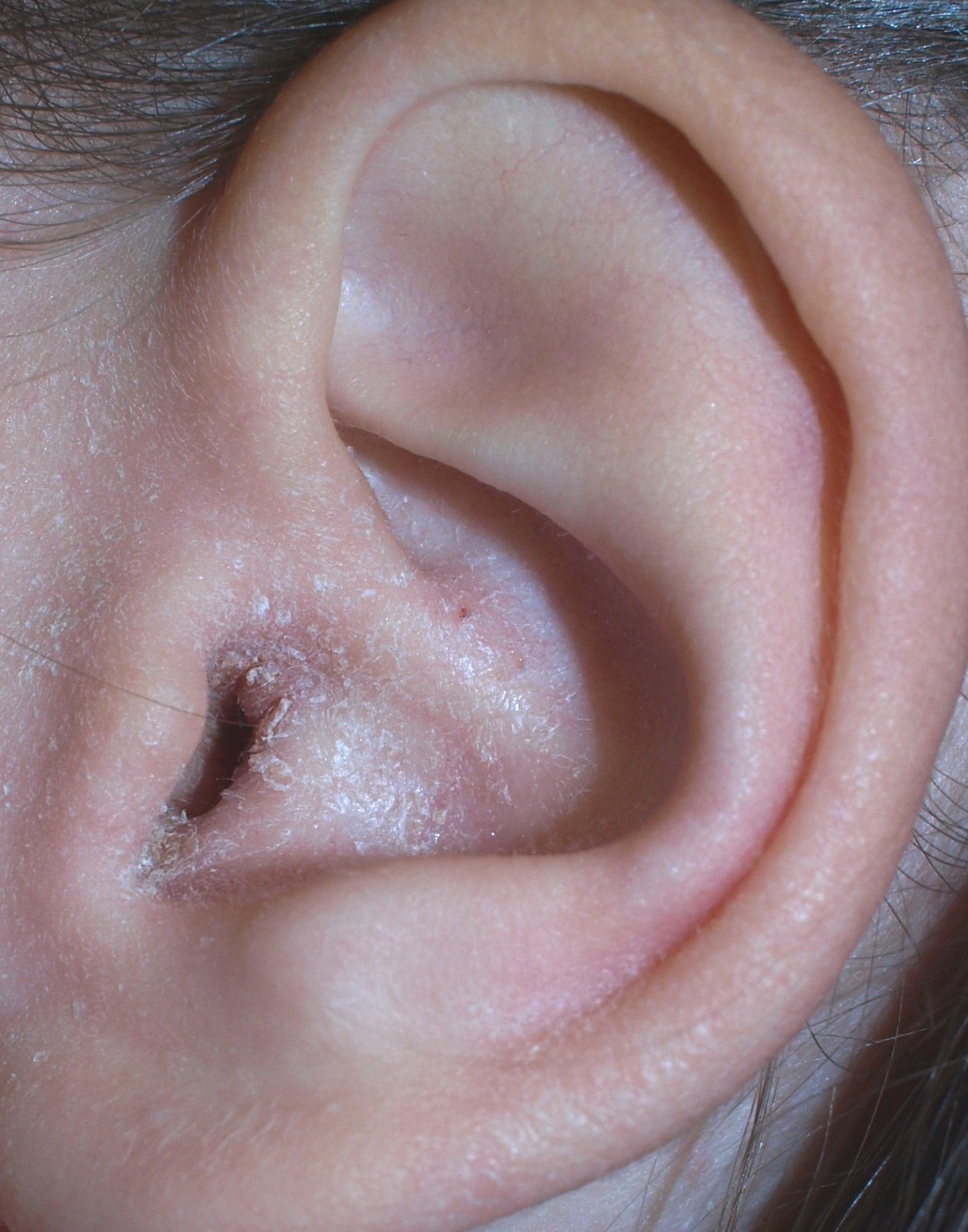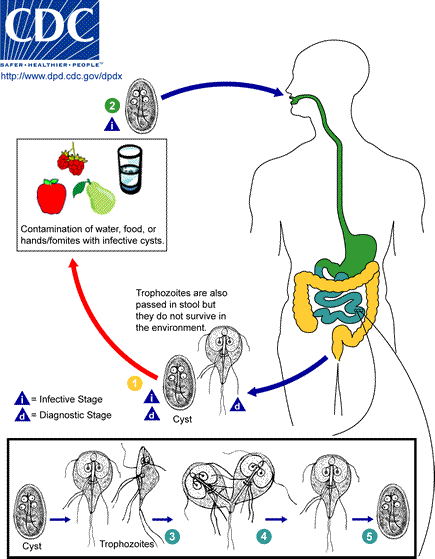|
Swimming Pool Sanitation
Swimming pool sanitation is the process of ensuring healthy conditions in swimming pools. Proper sanitation is needed to maintain the visual clarity of water and to prevent the transmission of infectious waterborne diseases. Methods Two distinct and separate methods are employed in the sanitation of a swimming pool. The filtration system removes organic waste on a daily basis by using the sieve baskets inside the skimmer and circulation pump and the sand unit with a backwash facility for easy removal of organic waste from the water circulation. Disinfection - normally in the form of hypochlorous acid (HClO) - kills infectious microorganisms. Alongside these two distinct measures within the pool owner's jurisdiction, swimmer hygiene and cleanliness helps reduce organic waste build-up. Guidelines The World Health Organization has published international guidelines for the safety of swimming pools and similar recreational-water environments, including standards for minimizing ... [...More Info...] [...Related Items...] OR: [Wikipedia] [Google] [Baidu] |
Swimming Pool
A swimming pool, swimming bath, wading pool, paddling pool, or simply pool, is a structure designed to hold water to enable Human swimming, swimming or other leisure activities. Pools can be built into the ground (in-ground pools) or built above ground (as a freestanding construction or as part of a building or other larger structure), and may be found as a feature aboard ocean-liners and cruise ships. In-ground pools are most commonly constructed from materials such as concrete, natural stone, metal, plastic, or fiberglass, and can be of a custom size and shape or built to a standardized size, the largest of which is the Olympic-size swimming pool. Many health clubs, fitness centers, and private clubs have pools used mostly for exercise or recreation. It is common for municipalities of every size to provide pools for public use. Many of these municipal pools are outdoor pools but indoor pools can also be found in buildings such as natatoriums and leisure centers. Hotels may ... [...More Info...] [...Related Items...] OR: [Wikipedia] [Google] [Baidu] |
Human Feces
Human feces (or faeces in British English) is the solid or semisolid remains of food that could not be digested or absorbed in the small intestine of humans, but has been further broken down by bacteria in the large intestine. It also contains bacteria and a relatively small amount of metabolic waste products such as bacterially altered bilirubin, and the dead epithelial cells from the lining of the gut. It is discharged through the anus during a process called defecation. Human feces has similarities to the feces of other animals and varies significantly in appearance (i.e. size, color, texture), according to the state of the diet, digestive system and general health. Normally human feces is semisolid, with a mucus coating. Small pieces of harder, less moist feces can sometimes be seen impacted in the distal (final or lower) end. This is a normal occurrence when a prior bowel movement is incomplete, and feces is returned from the rectum to the large intestine, where water i ... [...More Info...] [...Related Items...] OR: [Wikipedia] [Google] [Baidu] |
Filtration
Filtration is a physical separation process that separates solid matter and fluid from a mixture using a ''filter medium'' that has a complex structure through which only the fluid can pass. Solid particles that cannot pass through the filter medium are described as ''oversize'' and the fluid that passes through is called the ''filtrate''. Oversize particles may form a filter cake on top of the filter and may also block the filter lattice, preventing the fluid phase from crossing the filter, known as ''blinding''. The size of the largest particles that can successfully pass through a filter is called the effective ''pore size'' of that filter. The separation of solid and fluid is imperfect; solids will be contaminated with some fluid and filtrate will contain fine particles (depending on the pore size, filter thickness and biological activity). Filtration occurs both in nature and in engineered systems; there are biological, geological, and industrial forms. Filtration is ... [...More Info...] [...Related Items...] OR: [Wikipedia] [Google] [Baidu] |
Otitis Externa
Otitis externa, also called swimmer's ear, is inflammation of the ear canal. It often presents with ear pain, swelling of the ear canal, and occasionally decreased hearing. Typically there is pain with movement of the outer ear. A high fever is typically not present except in severe cases. Otitis externa may be acute (lasting less than six weeks) or chronic (lasting more than three months). Acute cases are typically due to bacterial infection, and chronic cases are often due to allergies and autoimmune disorders. the most common cause of Otitis externa is bacterial. Risk factors for acute cases include swimming, minor trauma from cleaning, using hearing aids and ear plugs, and other skin problems, such as psoriasis and dermatitis. People with diabetes are at risk of a severe form of ''malignant otitis externa''. Diagnosis is based on the signs and symptoms. Culturing the ear canal may be useful in chronic or severe cases. Acetic acid ear drops may be used as a preventive meas ... [...More Info...] [...Related Items...] OR: [Wikipedia] [Google] [Baidu] |
Giardiasis
Giardiasis is a parasitic disease caused by '' Giardia duodenalis'' (also known as ''G. lamblia'' and ''G. intestinalis''). Infected individuals who experience symptoms (about 10% have no symptoms) may have diarrhea, abdominal pain, and weight loss. Less common symptoms include vomiting and blood in the stool. Symptoms usually begin 1 to 3 weeks after exposure and, without treatment, may last two to six weeks or longer. Giardiasis usually spreads when ''Giardia duodenalis'' cysts within feces contaminate food or water that is later consumed orally. The disease can also spread between people and through other animals. Cysts may survive for nearly three months in cold water. Giardiasis is diagnosed via stool tests. Prevention may be improved through proper hygiene practices. Asymptomatic cases often do not need treatment. When symptoms are present, treatment is typically provided with either tinidazole or metronidazole. Infection may cause a person to become lactose intolerant ... [...More Info...] [...Related Items...] OR: [Wikipedia] [Google] [Baidu] |
Cryptosporidiosis
Cryptosporidiosis, sometimes informally called crypto, is a parasitic disease caused by '' Cryptosporidium'', a genus of protozoan parasites in the phylum Apicomplexa. It affects the distal small intestine and can affect the respiratory tract in both immunocompetent (i.e., individuals with a normal functioning immune system) and immunocompromised (e.g., persons with HIV/AIDS or autoimmune disorders) individuals, resulting in watery diarrhea with or without an unexplained cough. In immunosuppressed individuals, the symptoms are particularly severe and can be fatal. It is primarily spread through the fecal-oral route, often through contaminated water; recent evidence suggests that it can also be transmitted via fomites contaminated with respiratory secretions. ''Cryptosporidium'' is commonly isolated in HIV-positive patients presenting with diarrhea. Despite not being identified until 1976, it is one of the most common waterborne diseases and is found worldwide. The infection ... [...More Info...] [...Related Items...] OR: [Wikipedia] [Google] [Baidu] |
Diarrhea
Diarrhea, also spelled diarrhoea, is the condition of having at least three loose, liquid, or watery bowel movements each day. It often lasts for a few days and can result in dehydration due to fluid loss. Signs of dehydration often begin with loss of the normal stretchiness of the skin and irritable behaviour. This can progress to decreased urination, loss of skin color, a fast heart rate, and a decrease in responsiveness as it becomes more severe. Loose but non-watery stools in babies who are exclusively breastfed, however, are normal. The most common cause is an infection of the intestines due to either a virus, bacterium, or parasite—a condition also known as gastroenteritis. These infections are often acquired from food or water that has been contaminated by feces, or directly from another person who is infected. The three types of diarrhea are: short duration watery diarrhea, short duration bloody diarrhea, and persistent diarrhea (lasting more than two wee ... [...More Info...] [...Related Items...] OR: [Wikipedia] [Google] [Baidu] |
Fungus
A fungus (plural, : fungi or funguses) is any member of the group of Eukaryote, eukaryotic organisms that includes microorganisms such as yeasts and Mold (fungus), molds, as well as the more familiar mushrooms. These organisms are classified as a Kingdom (biology), kingdom, separately from the other eukaryotic kingdoms, which by one traditional classification include Plantae, Animalia, Protozoa, and Chromista. A characteristic that places fungi in a different kingdom from plants, bacteria, and some protists is chitin in their cell walls. Fungi, like animals, are heterotrophs; they acquire their food by absorbing dissolved molecules, typically by secreting digestive enzymes into their environment. Fungi do not photosynthesize. Growth is their means of motility, mobility, except for spores (a few of which are flagellated), which may travel through the air or water. Fungi are the principal decomposers in ecological systems. These and other differences place fungi in a single gro ... [...More Info...] [...Related Items...] OR: [Wikipedia] [Google] [Baidu] |
Disinfection By-products
Disinfection by-products (DBPs) result from chemical reactions between organic and inorganic matter in water with chemical treatment agents during the water disinfection process. Chlorination disinfection byproducts Chlorinated disinfection agents such as chlorine and monochloramine are strong oxidizing agents introduced into water in order to destroy pathogenic microbes, to oxidize taste/odor-forming compounds, and to form a disinfectant residual so water can reach the consumer tap safe from microbial contamination. These disinfectants may react with naturally present fulvic and humic acids, amino acids, and other natural organic matter, as well as iodide and bromide ions, to produce a range of DBPs such as the trihalomethanes (THMs), haloacetic acids (HAAs), bromate, and chlorite (which are regulated in the US), and so-called "emerging" DBPs such as halonitromethanes, haloacetonitriles, haloamides, halofuranones, iodo-acids such as iodoacetic acid, iodo-THMs ( iodotri ... [...More Info...] [...Related Items...] OR: [Wikipedia] [Google] [Baidu] |
Nitrosamine
In organic chemistry, nitrosamines (or more formally ''N''-Nitrosamines) are organic compounds with the chemical structure , where R is usually an alkyl group. They feature a nitroso group () bonded to a deprotonated amine. Most nitrosamines are carcinogenic in nonhuman animals. A 2006 systematic review supports a "positive association between nitrite and nitrosamine intake and gastric cancer, between meat and processed meat intake and gastric cancer and oesophageal cancer, and between preserved fish, vegetable and smoked food intake and gastric cancer, but is not conclusive". Chemistry The organic chemistry of nitrosamines is well developed with regard to their syntheses, their structures, and their reactions. They usually are produced by the reaction of nitrous acid () and secondary amines. :HONO + R2NH -> R2N-NO + H2O The nitrous acid usually arises from protonation of a nitrite. This synthesis method is relevant to the generation of nitrosamines under some biological co ... [...More Info...] [...Related Items...] OR: [Wikipedia] [Google] [Baidu] |
Cyanogen Chloride
Cyanogen chloride is a highly toxic chemical compound with the formula CNCl. This linear, triatomic pseudohalogen is an easily condensed colorless gas. More commonly encountered in the laboratory is the related compound cyanogen bromide, a room-temperature solid that is widely used in biochemical analysis and preparation. Synthesis, basic properties, structure Cyanogen chloride is a molecule with the connectivity . Carbon and chlorine are linked by a single bond, and carbon and nitrogen by a triple bond. It is a linear molecule, as are the related cyanogen halides (NCF, NCBr, NCI). Cyanogen chloride is produced by the oxidation of sodium cyanide with chlorine. This reaction proceeds via the intermediate cyanogen (). :NaCN + Cl2 -> ClCN + NaCl The compound trimerizes in the presence of acid to the heterocycle called cyanuric chloride. Cyanogen chloride is slowly hydrolyzed by water at neutral pH to release cyanate and chloride ions: :ClCN + H2O -> NCO- + Cl- + 2H+ Applic ... [...More Info...] [...Related Items...] OR: [Wikipedia] [Google] [Baidu] |




